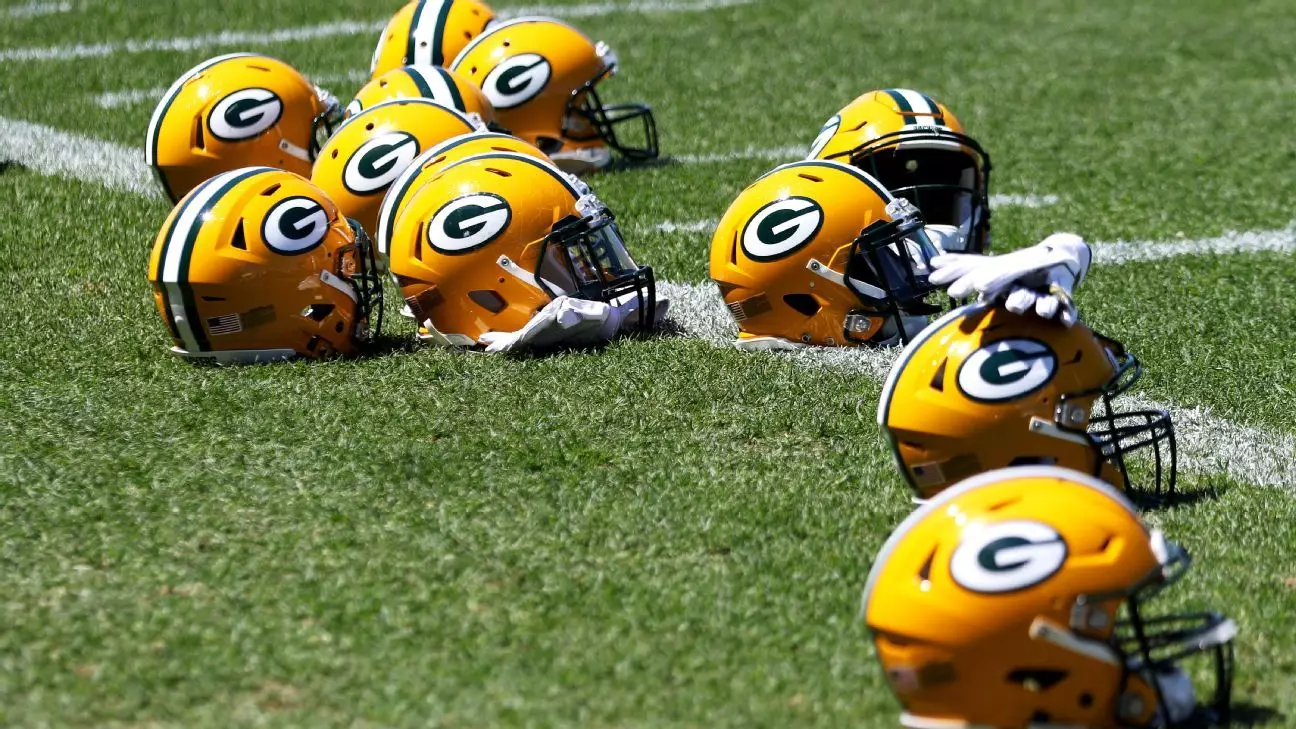Nearly two decades ago, NFL teams operated within a modest financial landscape, with revenue sharing standing at just $138 million per franchise. This figure reflected a league still primarily reliant on traditional broadcast deals and local income streams. Fast forward to today, and the transformation is staggering. The Green Bay Packers, the league’s most iconic and financially transparent franchise, recently reported a national revenue sharing figure of $432.6 million—the culmination of an exponential growth trajectory. This shift is emblematic of the league’s burgeoning financial might, now surpassing the $400 million mark per team for the first time. It’s a profound testament to not only the league’s expanding audience but also its savvy monetization strategies.
The core driver behind this remarkable escalation is the NFL’s unrelenting focus on leverage—negotiating lucrative TV contracts and embracing the new frontier of digital streaming. Over the years, the league recognized that broadcast television, while still dominant, was increasingly complemented—and challenged—by streaming platforms. The league’s ability to adapt and capitalize on this dichotomy has been instrumental in generating higher revenues, which, in turn, fuels the league’s overall growth.
The Revenue Breakdown: From League to Local Markets
Examining the financials reveals a nuanced picture that underscores the league’s complex revenue model. According to the latest figures, the NFL shared over $13 billion in revenue among its 32 teams—a sum that underscores its dominant position in sports entertainment. Importantly, the Packers’ local revenue streams have also surged, reaching nearly $286.4 million, up substantially from previous years. This increase reflects the vital importance of game-day revenue, stadium amenities, and local sponsorships.
The league’s focus on broadening its revenue base isn’t solely about broadcasting. The NFL’s strategic investments into stadium upgrades and fan experience enhancements have paid dividends. The recent renovation of Lambeau Field’s locker rooms and infrastructure not only serve to elevate the fan experience but also solidify the team’s financial resilience. With a corporate reserve fund close to $579 million, the Packers exemplify a sustainable financial model that prioritizes stability amid the unpredictable nature of professional sports.
Ownership Structure and Its Unique Challenges
Unlike most professional sports teams owned by wealthy individuals or conglomerates, the Packers are a publicly owned entity—an anomaly that shapes their financial approach. With over half a million shareholders, the team cannot pursue private equity investments, limiting its access to rapid infusion of capital. Instead, it relies on steady revenue growth, prudent reserves, and community support.
This structure fosters an inherent stability but constrains aggressive expansion strategies seen in other franchises. Nonetheless, the Packers have demonstrated remarkable fiscal discipline. Over Murphy’s tenure, they’ve invested nearly $675 million into Lambeau Field and related facilities, emphasizing long-term growth over short-term gain. Their shareholder model also reinforces community loyalty—each fan is a stakeholder, which has helped sustain the franchise’s cultural significance and financial health simultaneously.
A New Era: Leadership, Innovation, and the Future
As Mark Murphy prepares to step down, the Packers are poised at a crossroads of tradition and innovation. The incoming leadership faces the challenge—and opportunity—of maintaining this upward trajectory while adapting to an ever-evolving sports and entertainment landscape. The league’s relentless pursuit of revenue growth, driven by media rights and technological advances, will continue to shape the NFL’s financial dominance.
In this climate, Packers’ steadfast financial discipline and community-oriented ownership model may serve as an inspirational blueprint for other franchises. Their focus on building reserves, investing strategically in infrastructure, and navigating the digital age could become a model of sustainable success rather than fleeting profit. As the NFL’s financial landscape continues to shift dramatically, the Packers prove that preserving legacy, investing smartly, and embracing innovation are the keys to thriving in an increasingly competitive market.
The league’s meteoric rise in revenue not only underpins the sport’s popularity but also confirms that football remains a powerful economic and cultural force in America. As new revenue streams emerge and digital engagement grows, the NFL’s financial odyssey is far from over. The Packers, with their unique ownership structure and resilient strategy, are set to remain instrumental in charting this dynamic future.

